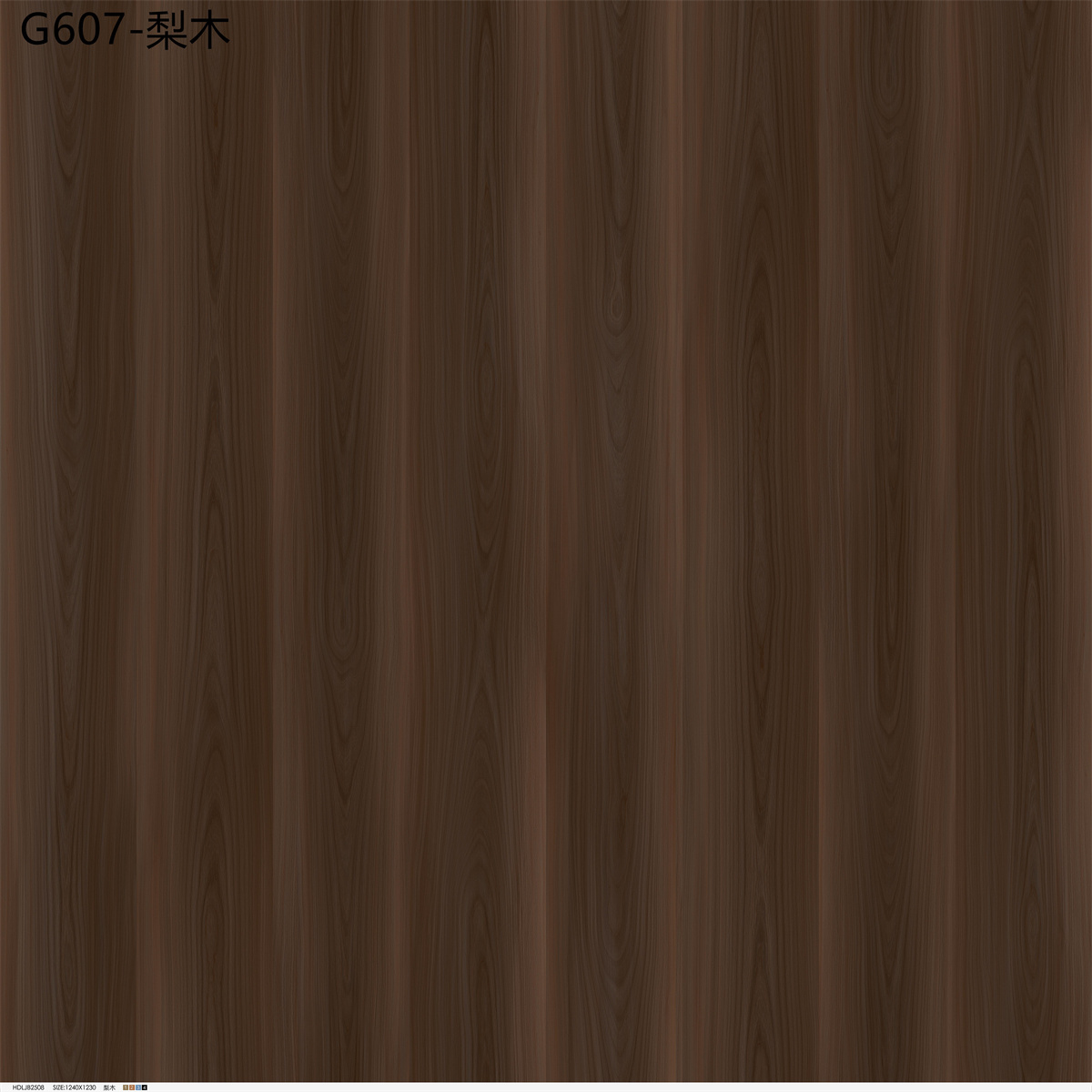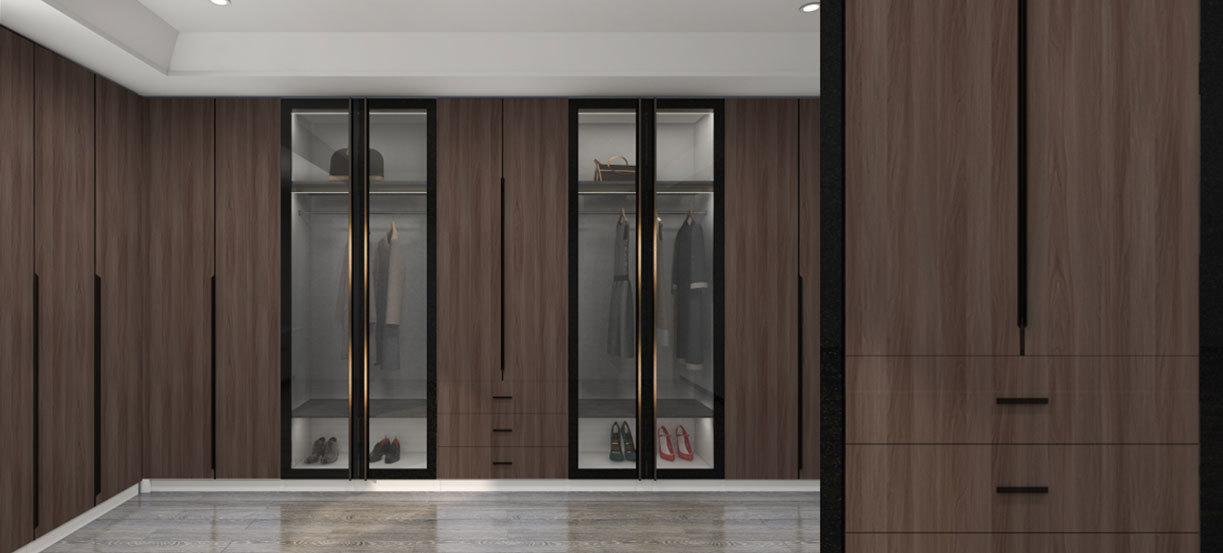Revamp Your Space: The Versatility of Pearwood Veneer Explained
Jul 19,2025

Revamp Your Space: The Versatility of Pearwood Veneer Explained
Table of Contents
- Introduction to Pearwood Veneer
- What is Pearwood Veneer?
- Characteristics of Pearwood Veneer
- Benefits of Using Pearwood Veneer in Design
- Applications of Pearwood Veneer in Interior Design
- Caring for Pearwood Veneer
- Pearwood Veneer vs. Other Veneers
- Frequently Asked Questions
- Conclusion
Introduction to Pearwood Veneer
When it comes to transforming a space, the materials we choose can make all the difference. **Pearwood veneer** has surged in popularity among designers and homeowners alike, and for good reason. Its unique texture, stunning appearance, and versatility make it an excellent choice for various applications, from furniture to cabinetry. In this article, we will explore the many facets of pearwood veneer, including its characteristics, benefits, and ways to incorporate it into your home design.
What is Pearwood Veneer?
Pearwood veneer is a thin layer of wood sliced from the pear tree, known for its beautiful grain patterns and warm tones. The pear tree, often used for its hardwood in furniture and musical instruments, provides a veneer that exudes elegance and sophistication. This veneer can be applied to various substrates, allowing for creative and aesthetically pleasing designs while maintaining the integrity of the wood.
How Pearwood Veneer is Made
The process of creating pearwood veneer involves cutting a log into thin sheets, typically between 0.5mm to 3mm thick. This method not only preserves the quality and appearance of the wood but also allows for a lightweight application, making it easier to work with in various projects. Pearwood veneer can be produced in different cuts, including flat cut, quarter cut, and rift cut, each offering a unique visual impact.
Characteristics of Pearwood Veneer
Understanding the characteristics of pearwood veneer can help you appreciate its potential in design. Some notable features include:
Unique Grain Patterns
Pearwood veneer showcases a fine, straight grain that may also exhibit a slight wave or mottling. This unique appearance contributes to its charm and makes it a popular choice for furniture makers.
Color Range
The color of pearwood veneer generally ranges from a light creamy beige to a warm reddish-brown, giving it a rich and inviting look. This range complements various color schemes, making it an adaptable choice for interior design.
Durability and Strength
Despite being a veneer, pearwood maintains considerable durability and strength due to the hardwood it originates from. This resilience makes it suitable for high-traffic areas and furniture that experiences regular use.
Benefits of Using Pearwood Veneer in Design
Integrating pearwood veneer into your home offers numerous advantages, which include:
Eco-Friendly Option
As a veneer, pearwood provides an eco-friendly alternative to solid wood. By using less wood to achieve the same aesthetic appeal, it minimizes environmental impact while still offering the beauty and warmth of natural materials.
Cost-Effective
Using pearwood veneer can be more budget-friendly than solid wood, allowing homeowners and designers to achieve a premium look without the associated costs. This makes it an attractive option for those looking to revamp their spaces on a budget.
Versatile Applications
Pearwood veneer can be applied to a multitude of surfaces, including furniture, cabinetry, wall treatments, and decorative accents. Its adaptability allows for seamless integration into both modern and traditional designs.
Applications of Pearwood Veneer in Interior Design
The versatility of pearwood veneer opens up a world of possibilities in interior design. Here are some popular applications:
Furniture Design
Pearwood veneer is commonly used in furniture design, offering a sleek and sophisticated finish to tables, chairs, and cabinets. Its unique grain can enhance the overall aesthetic of any piece, making it a favored choice among furniture makers.
Cabinetry and Millwork
In kitchen and bathroom design, pearwood veneer adds warmth and elegance to cabinetry. Whether used for doors, drawer fronts, or trim, it creates a cohesive and inviting atmosphere.
Wall Paneling
Applying pearwood veneer as wall paneling can dramatically change the look and feel of a room. This technique adds visual interest and depth, making spaces feel more intimate and luxurious.
Decorative Accents
Beyond large applications, pearwood veneer can also be used for smaller decorative accents, such as picture frames, shelving units, or wall art. These details contribute to a cohesive design and showcase the beauty of the material.
Caring for Pearwood Veneer
To maintain the beauty and longevity of pearwood veneer, proper care is essential. Here are some tips to keep your veneer looking its best:
Regular Cleaning
Dust your pearwood veneer surfaces regularly with a soft, dry cloth. Avoid using abrasive cleaners or scrubbing pads, which can damage the finish.
Moisture Control
Keep pearwood veneer away from excessive moisture, as it can warp or damage the surface. Wipe up spills immediately and avoid placing hot objects directly on the veneer.
Periodic Refinishing
Depending on usage, consider refinishing your pearwood veneer every few years to restore its luster and protect it from wear. Always use a finish recommended for veneers to ensure compatibility.
Pearwood Veneer vs. Other Veneers
When considering veneers for your project, it's important to compare pearwood veneer to other options. Here’s how it stacks up:
Cherry Veneer
While cherry veneer offers a rich, deep color and a slightly more pronounced grain, it may not provide the same versatility in applications. Pearwood veneer, on the other hand, can adapt to a wider range of design styles.
Maple Veneer
Maple veneer is known for its light color and smooth texture. While it’s durable, pearwood veneer often surpasses it in aesthetic appeal, adding a more sophisticated touch to furniture and cabinetry.
Frequently Asked Questions
1. Is pearwood veneer sustainable?
Yes, pearwood veneer is considered a sustainable option when sourced responsibly, as it uses less wood than solid timber while still providing a high-quality finish.
2. Can pearwood veneer be stained?
Absolutely! Pearwood veneer can be stained to enhance its natural beauty or to match a specific design scheme.
3. How do I repair scratches on pearwood veneer?
For minor scratches, a wood polish or wax can help disguise damage. For deeper scratches, consult a professional for refinishing options.
4. Is pearwood veneer suitable for outdoor use?
No, pearwood veneer is not recommended for outdoor use as it can be damaged by moisture and UV exposure.
5. What finishes work best on pearwood veneer?
Water-based finishes are often preferred for pearwood veneer, ensuring a durable and clear protective layer without altering the wood's natural color.
Conclusion
Pearwood veneer is a versatile and beautiful material that can transform any space, offering a unique blend of aesthetics, durability, and sustainability. By understanding its characteristics and applications, homeowners and designers can leverage this exceptional material to create stunning interiors. Whether enhancing furniture, cabinetry, or wall treatments, pearwood veneer provides an elegant solution for modern living. Embrace the beauty and versatility of pearwood veneer in your next design project and enjoy the timeless appeal it brings to your home.
Previous page:








